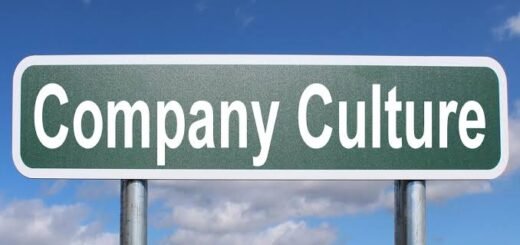Capital Equipment Purchase
Capital Equipment Purchase

major equipment includes machinery
required for production operations. For accounting intention it is considered as a fixed asset, to be capitalised and depreciated over the period of financial life of the equipment.
The purchase of capital equipment is usually differentiated both in Term and policies from the purchase of usufruct materials mainly because of the nature of large investment over a long duration.
Significant Differences
The purchase of capital equipment usually occurs once in 10 or 15 years. The significant differences in the purchase of major equipment from the purchases of consumption materials are now briefly discussed
1. Extent of Negotiations- Purchase of major equipment is a result of careful negotiations and analysis of various alternatives available to an organisation. The number of contacts and discussions with the vendors will be much greater compared to those for the purchase of consumption materials.
2. Lead-time Requirements- A unique feature in the purchase of capital equipment is the lead time required for its supply. Though very few equipments are standardised, most of the major equipments are custom built and require sufficient lead time for the suppliers to fabricate or manufacture and deliver.
3. Size of the Expenditure- This is the major consideration as the organisation would have to invest large amounts over a long duration. Moreover, the equipment directly influences the manufacturing operations of the
organisation. It is natural that the purchasing of major equipment is a matter of significant concern to the top management
4. Availability of Sources- Since many of the requirements of major equipment are specific and typical for different types of industries, the number of suppliers available is also very few and the organisation has to decide carefully a number of factors.



